The smartphone space in the US feels smaller than ever. Apple dominates in overall sales, while Samsung has maintained its grasp on the Android crowd. Google is still here too, stealing all of the headlines, even if they aren’t pushing numbers anywhere near the other two. The thing is, you might wonder where else you can go if you aren’t a fan of those big three. Well, OnePlus is still making flagship phones that are often well under the $1,000 prices of those I just mentioned.
The OnePlus 12 is their latest and it once again ticks so many boxes, while addressing some of the concerns we had from last year. It also just straight-up improves on areas its predecessor was already good in, as it delivers yet another phone to consider with specs on specs. You might not find it at the carrier store near you, but it will be worth a look.
Let’s dive into why – this is our OnePlus 12 review.
What do I like about the OnePlus 12?
Display. On paper, the OnePlus 12 display is top tier. You get a 6.8″ OLED display that’s labeled as ProXDR with LTPO and a refresh rate up to 120Hz. It’s QHD in resolution (3168×1440), supports all of the color standards, is covered in Gorilla Glass Victus 2, and can reach peak brightness levels of 4500nits. It’s got the goods for a flagship phone.
How is it to use? It’s really, really great. OnePlus has used impressive displays for so long, so you wonder at times if they can truly improve from one device to the next. I sure think they have again here with the OnePlus 12.
The brightness levels are incredible. I’m a big fan of phones who can get super dim when I’m in bed, using my phone when I’m not supposed to be and this phone hits the appropriate levels. I also do a fair share of walking outside, mostly playing things like Pokemon GO when I do, so I need brightness to be able to reach the top and stay efficient. Again, the 12 does that.
You also get phenomenal viewing angles that hold on to punchy colors at extremes, touch responsiveness that rivals Google’s in the Pixel 8 Pro (my current king), and color settings for even the strictest display purists. OnePlus continues to provide multiple levels of dark themes, a display that adapts to your lighting environment, resolution settings, and sharpening/boosting tools for both images and video. This is one of those areas that OnePlus goes super nerdy on, and even if I’m not a display nerd, I absolutely appreciate that they are catering to those who are. Like, they even have an “Ultra Anti-Flicker” option to help keep the display excellent when you are about to go to bed.
The display in the OnePlus 12 is without a doubt one of the most advanced, customizable displays I’ve used. It’s awesome.
Performance. I really want to cut and paste this part of the review from any of my previous OnePlus reviews. I say that because OnePlus performance is different than everyone else’s and I say the same thing every time. I’ve run out of ways to describe it, but it’s just smooth and fast and responsive and fluid and soothing to use, all at once. You know what, let’s do it, let’s copy and paste.
Here’s what I said about the OnePlus 11:
This is essentially as good as it gets for components in an Android phone that is meant to be fast and smooth. When you couple that hardware with OnePlus’ expertise in making software feel fast, the results are where you want them to be.
And this is from my OnePlus 10 Pro review:
You might get tired of me raving about how OnePlus phones run different, compared to all others, but it once again rings true with the OnePlus 10 Pro. This phone is so freakin’ smooth at all times. It’s haptics add to the beautiful speed, but the 120Hz display, Snapdragon 8 Gen 1 chip, fast RAM and fast storage, and optimizations from software make for one hell of a ride.
This phone has a Snapdragon 8 Gen 3, so that’s the latest in Qualcomm chips with the 30% boost in performance, 25% boost in GPU, and 20% improved efficiency. My review unit has 16GB LPDDR5X RAM, plus 512GB UFS 4.0 storage, both of which are tops in the industry at the moment in terms of speed. The 120Hz display certainly helps things look fast too. While I don’t necessarily love OnePlus software (OxygenOS), it at least was tuned to be smooth at all times. There are no hiccups, animations flow, and the motion of each touch or action is so beautiful designed.
Everything about the OnePlus 12 was built to be fast and it is.
Battery and charging. OnePlus put a huge 5400mAh battery in the OnePlus 12, a noteworthy jump from the 5000mAh battery in last year’s OnePlus 11. They also continued to provide 80W wired charging in it, plus they shut the whiners up (like me) by adding wireless charging again. Wireless charging on this device is faster than most wired charging tech from Samsung and Google at 50W.
When OnePlus first told me about the OnePlus 12 experience, they tried to pitch this idea that it could legitimately last 2 days on a single charge. They weren’t right, but this phone does last a really long time.
In my testing, I was seeing the 12 leave the charger at 8AM or so and then last through the day with around 4 hours of screen on time. I was never looking for a charger before going to bed, that’s for sure. Instead, I often found myself letting the phone sit unplugged overnight to see how long I could really run it. Most mornings, I would then plug the phone in with 25% battery remaining.
If you were a light user, you could probably get more like 1.5 days on a charge. Heavy users are still going to want to plug in at night just to get that full 100% when they wake up. I’d consider myself to be a lighter user at this point, with that 4 hours of screen on time. I just don’t put in the phone hours like I once did.
As for wired charging speeds, from 20% to 100%, I was seeing between 35 and 40 minutes to get there. That’s quite fast. You could top this thing up or take it from nothing to full in no time. In the wireless department, I’m just going to be straight with you here – I didn’t test the 50W charging. I have a couple of OnePlus’ fast wireless chargers, but I don’t need fast wireless charging. I just need wireless charging that I can use at night to trickle charge my phone phone to full overnight. It can do that, so I’m happy enough! Fast charge needing folks, you should see 50W wireless speeds that get you to 100% in less than an hour, probably closer to 45 minutes.
Camera. The camera system in the OnePlus 12 is no joke. You have a main 50MP Sony sensor (23mm) at f/1.6 and with an 85° field of view, 64MP periscope telephoto lens at f/2.6 (33° FOV, 70mm-140mm), and an ultra-wide shooter (14mm) at f/2.2 and with a 114° field of view. Combined, this is easily at the “Pro” level of cameras you’d find on any other high-end phone in terms of speed, flexibility, and as a point-and-shoot experience. And for those who want to take more control, OnePlus has included a Master option that takes you into manual settings and lets you know that Hasselblad is there in some capacity to help.
I took this camera all over Portland, mostly to parks and neighborhoods with beer bars, and it never failed me. From close-up portraits to macros and landscapes, I’m impressed by how easily this camera just takes good photos. It’s incredibly fast, I feel like OnePlus fixed the focus issues I had last year on the 11, and I always felt like the perfect shot was a simple button press away. The camera app is simple enough to use, but you can find quick adjustments to things like exposure or to different focal lengths.
The camera does have a tendency to flip automatically to different lenses as it reads an environment, and that’s mostly OK. It can be a bit jarring, but typically after the flip scared me, I often found that the camera made the right choice, properly adjusted lighting and focus, and then took a better shot than I had originaly setup. This camera is quite cool to use.
If I have complaints it’s probably in the consistency between the ultra-wide and the other sensors. The ultra-wide tends to warm up images a bit too much and can’t hang with the main sensor in dynamic range or low light. I don’t believe this camera will beat something like a Pixel 8 Pro in low light either, but we’re talking really low light or poor lighting. They aren’t that far apart, though.
Look, I think OnePlus delivered an impressive camera on the OnePlus 12.
Below is a gallery of some shots I took, with full resolution versions at this Google Photos album.
Haptics. The haptics in the OnePlus 12 are so cool. OnePlus was early to adopt a premium haptics engine in their phones and they continue to push this area forward. Every little movement in the phone’s software can trigger the most beautiful nudge to your fingers, sometimes in surprising ways.
When you scroll to the end of a screen, it’ll bump you. When you slide between the app preview page, you get nudges as it moves from app to app. Swiping home vibrates. Even a clearing of notifications with the “X” button at the bottom of the notification shade does this multi-vibrate jiggle that makes me giggle. And maybe most importantly, the haptic experience in the keyboard is as satisfying as it can be. The only phone that comes close to this haptic world is the Pixel 8 Pro and it’s still not on this level.
They addressed some complaints. Collectively, those who tested the OnePlus 11 last year, complained about the lack of wireless charging in the phone. OnePlus went ahead and brought back wireless charging with charging speeds that can reach up to 50W. They also introduced a couple of new camera sensors after receiving mixed reviews in camera performance. As you know, I think they improved there. Unfortunately, they won’t push their hardware to an IP68 water and dust resistance, which everyone else is mostly doing at this point. You can’t win them all with OnePlus, I guess.
Software, mostly. In previous OnePlus phone reviews, I’ve been somewhat critical of OnePlus’ OxygenOS software skin on top of Android. It is thick as a skin, leaving you no doubt that it is OnePlus whose version of Android is on here, with little resemblance of Google or Samsung’s skins. While I still don’t love everything they are doing here with OxygenOS on the OnePlus 12, I can admit that there is a lot to play with, plenty of settings to tweak, and a very pretty overall aesthetic to touch through.
What we’ve got is Android 14 and OxygenOS 14 on top. From there, as you dive into this phone, you start to find that there are settings and features galore. As an example, just from the home screen, you can control separate options for widgets, icons, wallpapers, the layout, and transitions between pages, along with another page for individual settings, one of which allows you to speed up app animations. You have a pretty familiar quick settings pulldown with what I’m going to call the most satisfying expansion animation in the industry. My lord, it is pretty to watch move.
You also have a vertical app drawer (Hi, Samsung!), a system-wide search shortcut on home screens (I wish it were faster, though), and Google Discover off to the left. Within the actual Settings area, I could go on about the number of options you’ll want to tweak for hours. From sounds and vibrations to display and always-on display settings, there are ways for you to customize the experience on this phone. There’s even custom fingerprint reader animations, because why not? I found a setting called Holo Audio and I have no idea what it is or what it does, but I want to try it.
And that’s the situation with OxygenOS 14 – OnePlus has thrown every little idea they can think of into this skin just in case someone wants to use it. It’s sort of like what LG used to do, but OnePlus is actually good at it.
Look, I still despise the way OnePlus has chosen to handle notification stacks on the lock screen and the way the double-click on the power button works with opening the camera, but the rest of this stuff is pretty neat. There’s too much good going on for those little annoyances to call this skin bad. It’s good, guys.
Price. The price did go up for the OnePlus 12 from the OnePlus 11 by $100 at each level, but they did at least toss in some improvements. And also, the price is still great. At $799, you can get the base model with 12GB RAM and 256GB storage. For another $100, OnePlus will bump up the RAM to a wild 16GB and storage to 512GB. Depending on the week, you may even be able to get that top model for the price of the lower, which you still can at the time of this review.
There are few phones with specs this high-end that you can get for under $1,000. OnePlus first made a name for itself by introducing phones with a lot of great hardware for hundreds under the competition. They seem to have settled nicely back into that space without cutting any corners.
IR blaster! I don’t know why I’m calling this out (probably because I haven’t seen one in a phone in a decade), but it has one. Here is OnePlus bringing the IR blaster tech back. There’s a dedicated app for it, a setup that’ll let you add anything from TVs and stream boxes to DVD players, fans, robot vacuums, and more. I setup my Sony TV and it just worked. How cool is that? Old stuff, but new again.
What’s bugging me about it?
Design. All companies have their own style and try to create designs that allow them to either standout or at least let customers easily identify their products. OnePlus has been working with a smartphone design since the OnePlus 10 Pro that utilizes a double curved edge to the front and back panels, an elongated frame, and massive camera housing that blends into the side frame. For the 11 and 12, they surrounded the cameras with a large circle, leading to two phones that look very similar.
I don’t love this design. The incredibly large camera housing is more of an eyesore than thing of beauty, and is so large that it’s often in the way of how I would usually hold a phone. My index fingers always bump it and then likely place a smear on one of the camera lenses or sensors that needs to be wiped.
On this black version I have, the black coating feels quite cheap and is insanely slippery. I’m not exaggerating here – this black coating is awful. I’d tell you to buy the green marble version, but I’ve not held that and have no idea what it’s like. It has to be an improvement over this, though.
The curved display is here and more pronounced than on the 11 at a time when others are ditching curved displays completely. On the OnePlus 10 Pro, I remember praising OnePlus for making their curves so subtle, but now on the 12 we are back to full curves and it’s not fun to use on the daily. The curves are more extreme than both the 10 Pro and last year’s 11 for some reason.
I’m really being picky here about OnePlus’ design choices, but that’s the state of the game right now. OnePlus is trying (still) to compete with Samsung and Google and Apple, so they have to be almost perfect. In the design department, they are falling behind.
Software updates. OnePlus has committed to 5 years of updates for the OnePlus 12, and no, that is not at the 7 years from Google and Samsung. I don’t actually have a problem with the number of years. While it’s awesome that Samsung and Google are committing to supporting phones for as long as they are, I still wonder how many will ever see the full 7 years because we live in a world of people who like to upgrade.
My problem with OnePlus right now is in the timing of their software updates in North America. In January, just prior to OnePlus launching the 12 in the US with Android 14 on board, I started looking at which of their devices were already running Android 14. At the time, only the OnePlus 10 Pro had received the updates. All of their other still-supported phones were seeing updates in India, but not here. OnePlus wouldn’t give me a real explanation for why there were delays in the US and NA, but at this moment (in February) most of their phones finally have it.
The thing is, Samsung updated the bulk if its phones to Android 14 almost 3 months ago now. The first Samsung devices saw Android 14 in early November. Google, of course, did the same in October. OnePlus may be supporting phones for 5 years, but they aren’t the quickest, especially here in the US. As an owner, that can be frustrating as you see others in the world with the same phone receiving updates weeks (if not months) before you. You’ll also have to expect that your friends with other phones will almost always be ahead of you too.
Availability. OnePlus has seemingly lost any carrier partner it once had in the US and that’s not exactly a great thing. While I’m the type of person who wouldn’t dare buy a phone from a carrier who will do whatever trick they can to lock me into a 3-year contract, many in the US will. And they do so because it makes it easier to buy a phone with less money out of pocket. For the OnePlus 12, you can only buy the phone at full retail from OnePlus, Amazon, or Best Buy. Even if those companies will give you discounts or accept trade-ins, you are still going to have to pay hundreds out of pocket to get one. It’s an unfortunate thing that I hate to admit, but OnePlus needs carrier partners.
Should you buy the OnePlus 12?
As you can tell from everything you read, the OnePlus 12 is another excellent phone from OnePlus. It has really great battery life, a high-end camera, performance that is once again better than on almost any phone you’ll touch, the display is beautiful and fast, the specs have it all, and the price is very, very good. OnePlus is selling this phone to start with a discount to $799 for the top-end model and that’s just absurd. The specs are as good as the Galaxy S24 Ultra’s and that phone costs $1,300.
Once again, I think the conversation you have to have with yourself revolves around whether or not this phone looks more interesting than those from Google and Samsung. Are you fine with slightly slower software updates? Can OnePlus’ flavor of Android skin meet your needs? Is the design cool enough for 2024? If you answer “yes” to those questions, then yeah, you might want to look at the OnePlus 12 as your next.
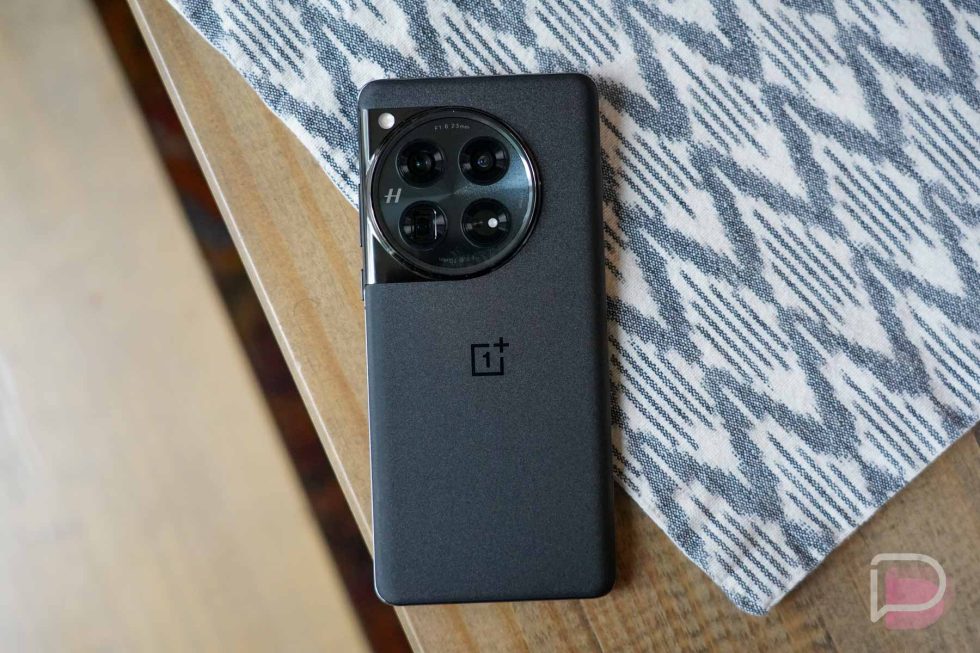
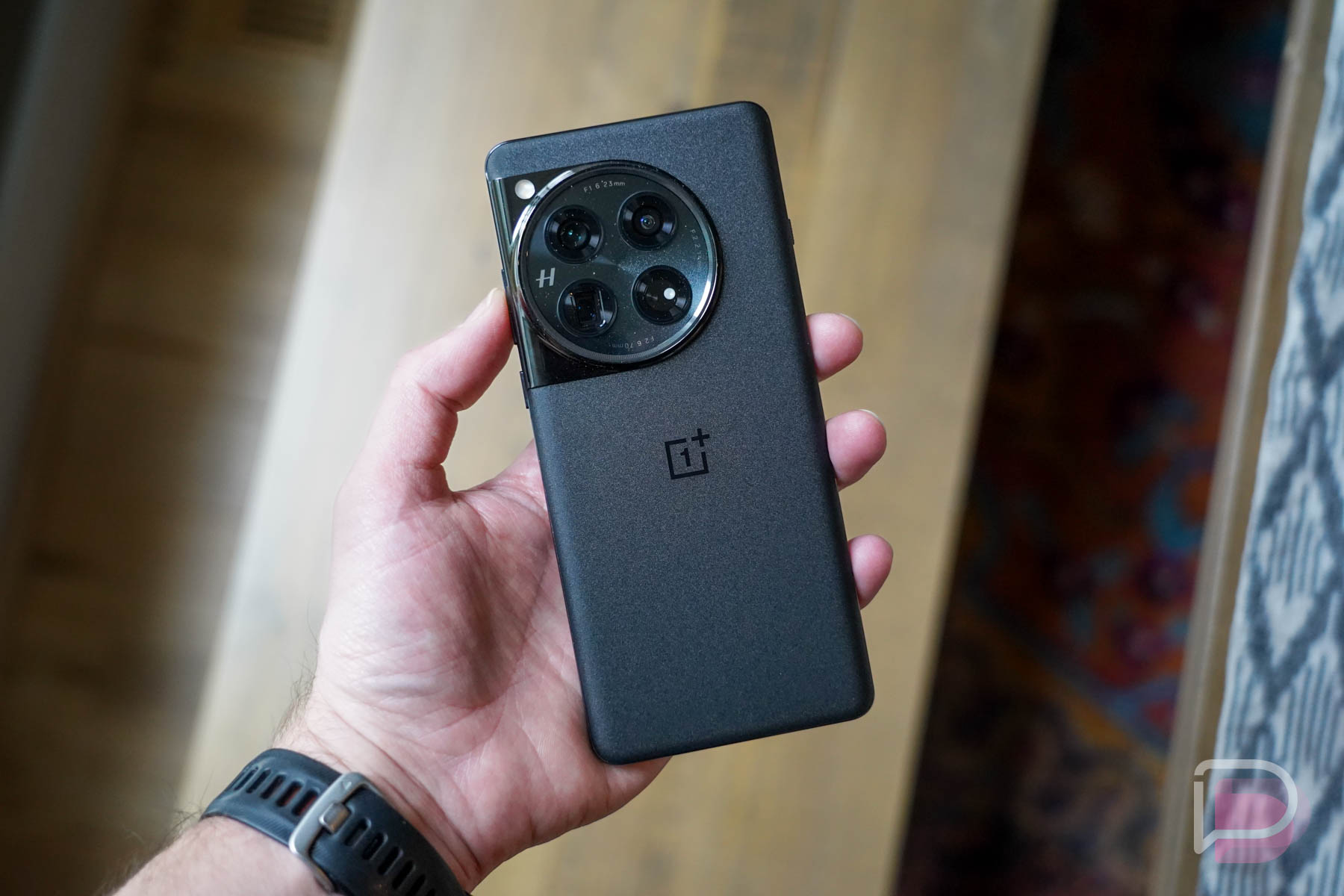
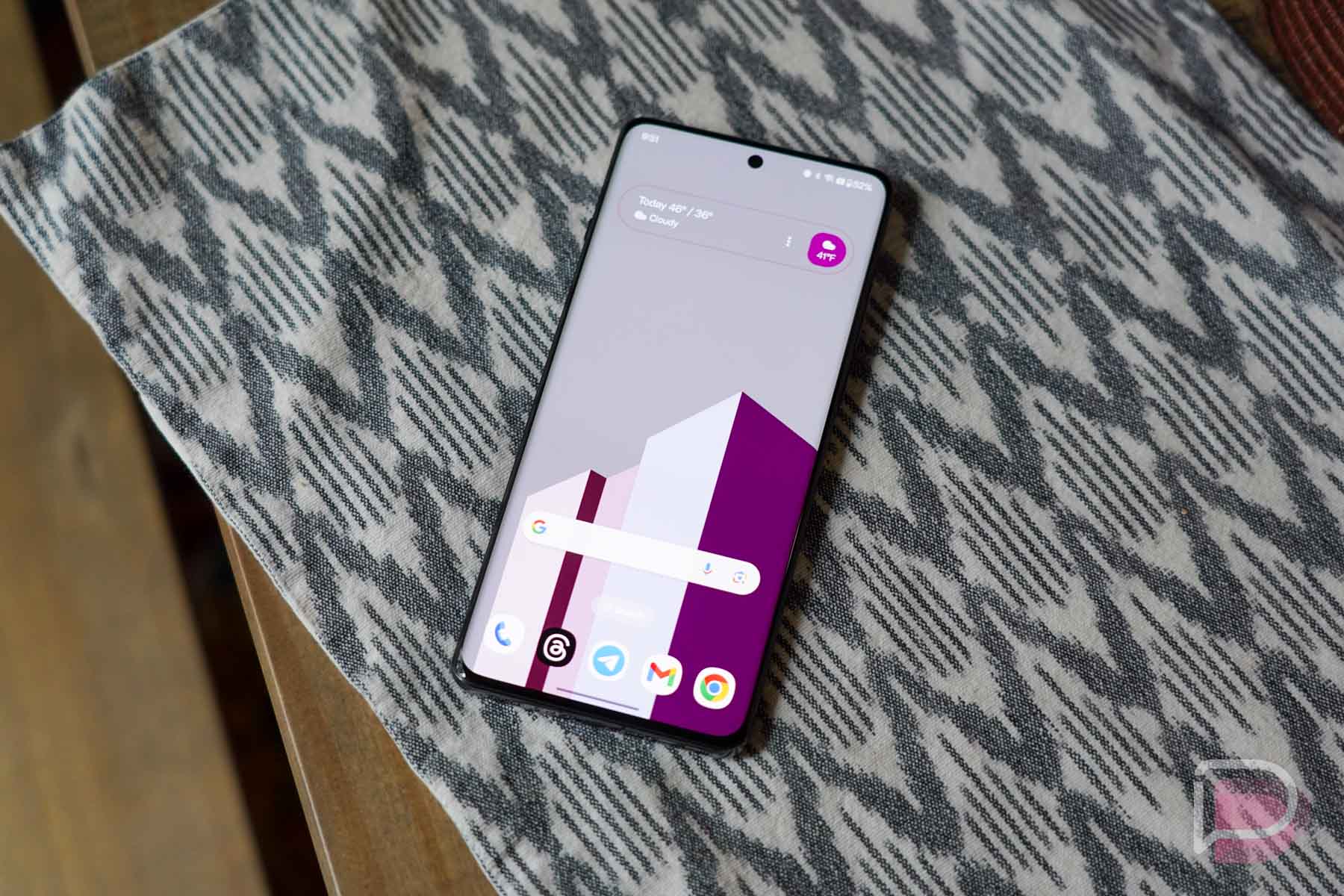
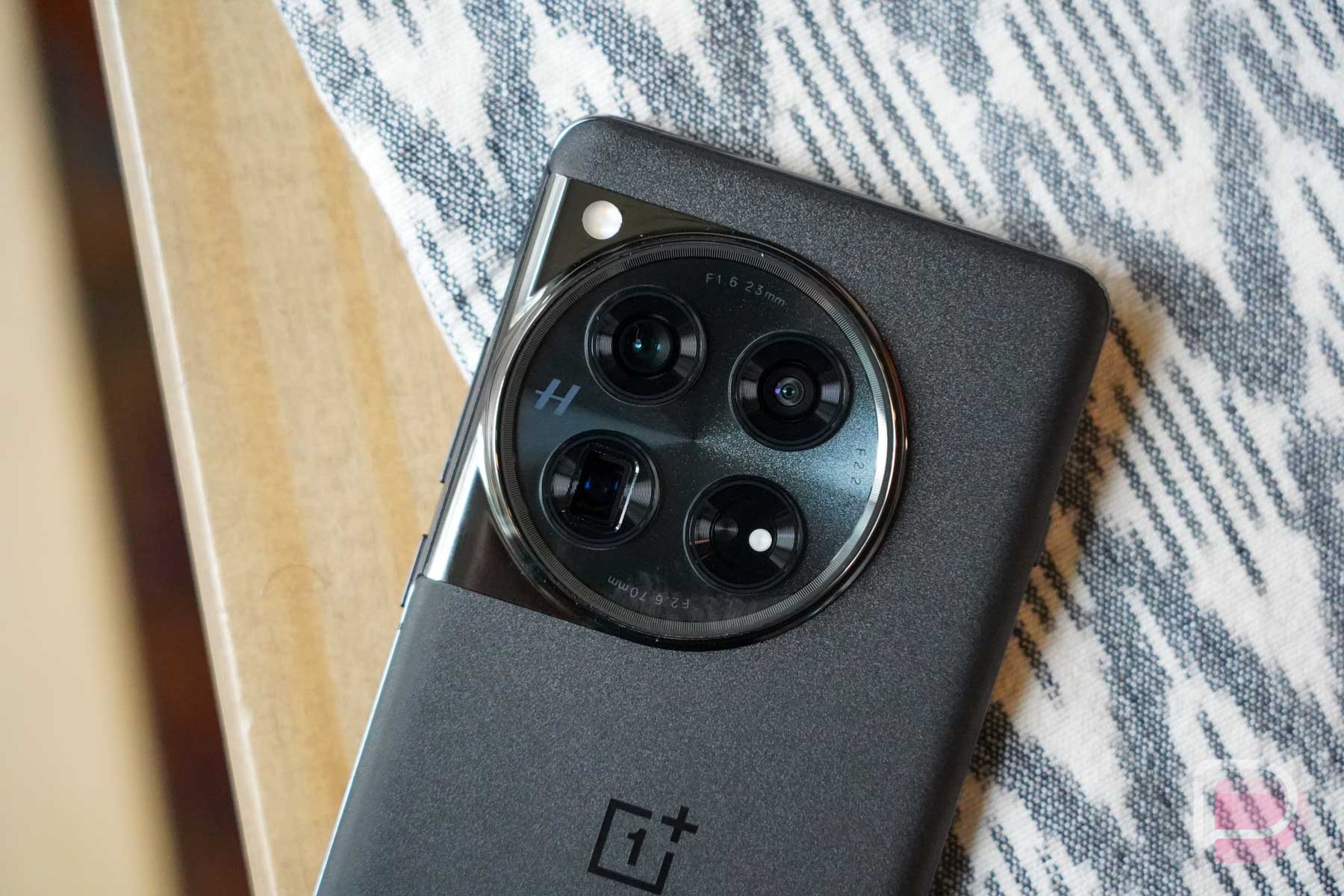
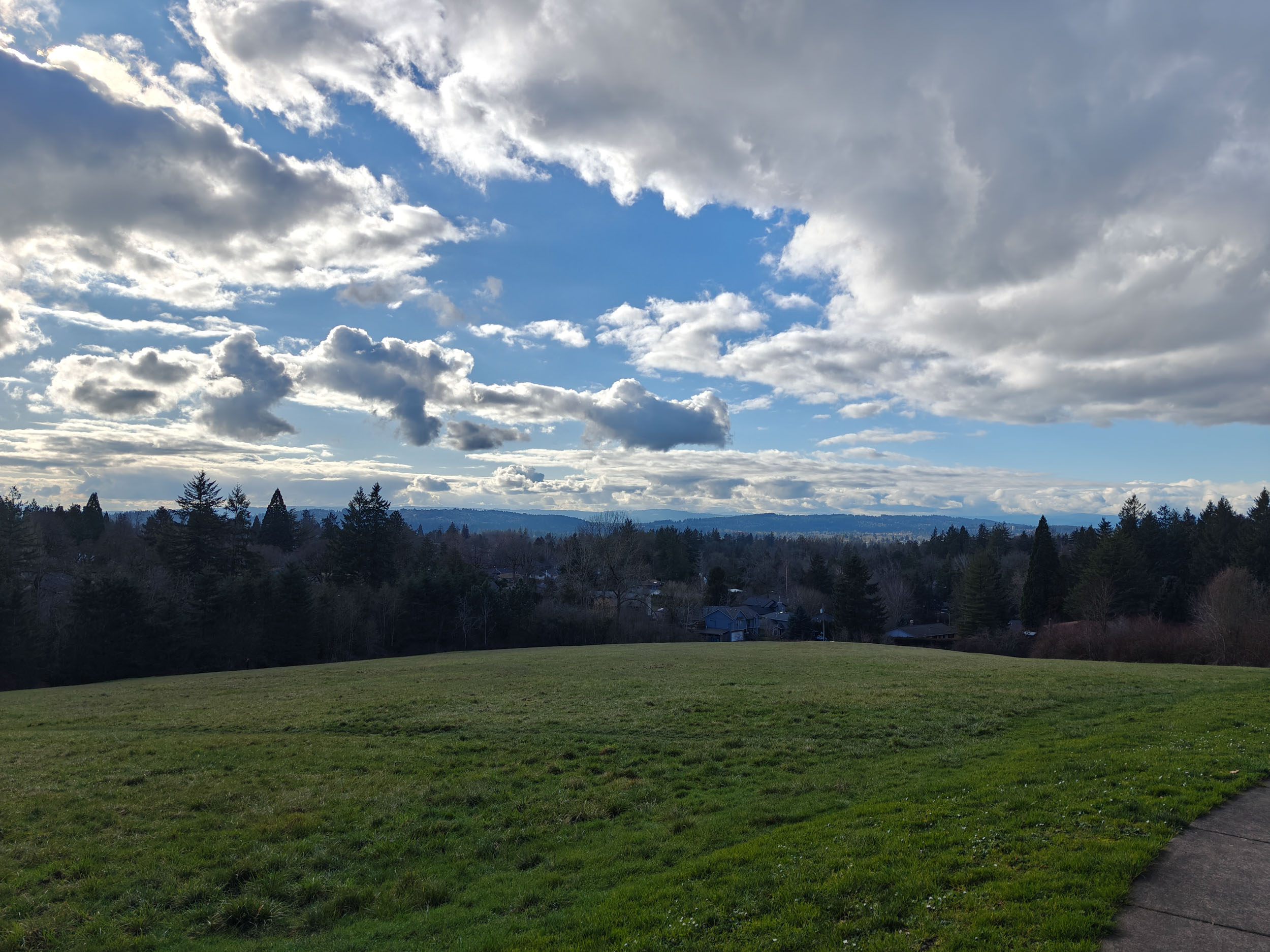


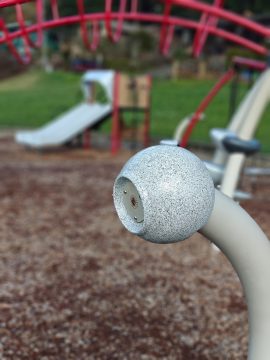

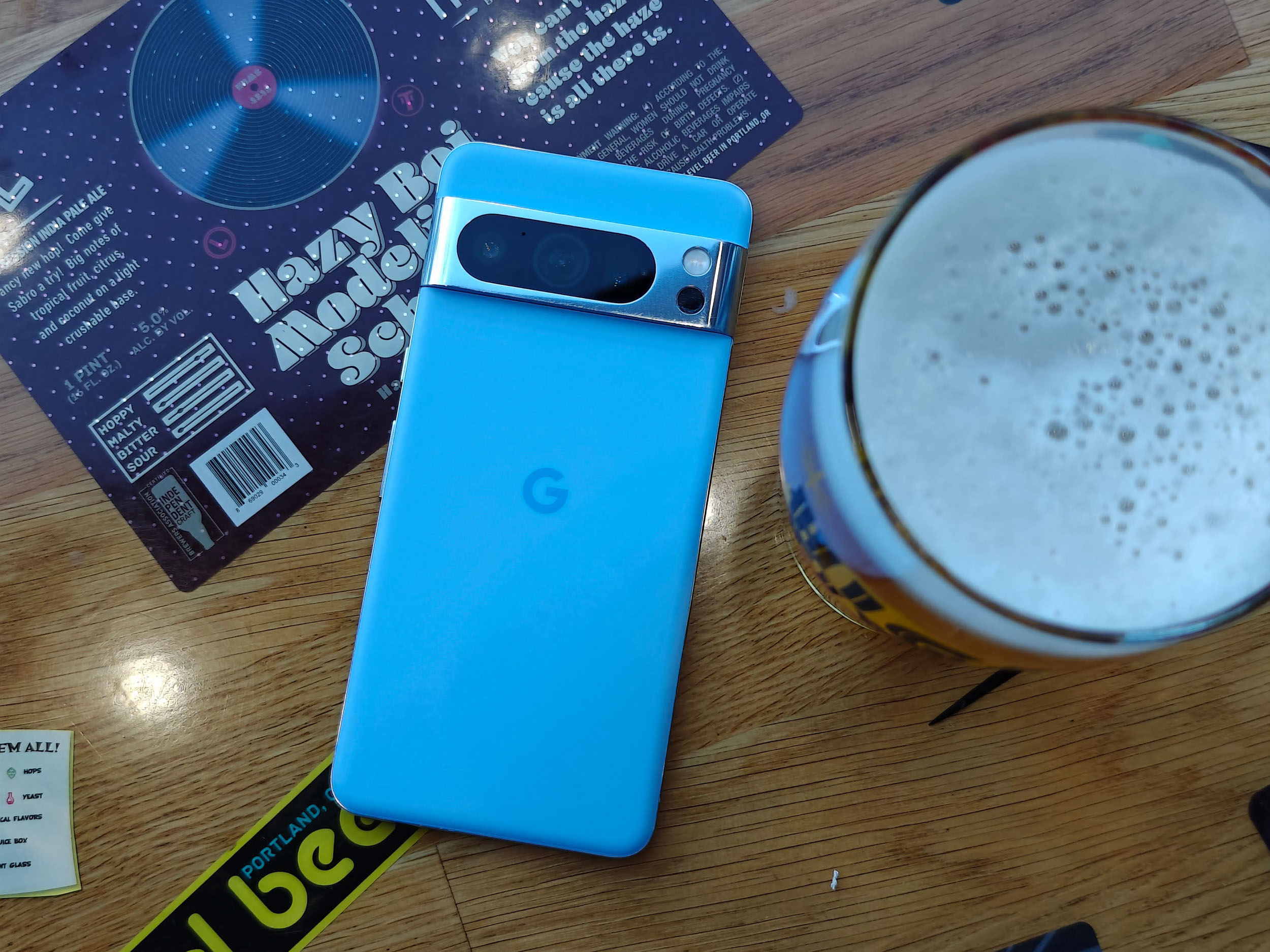







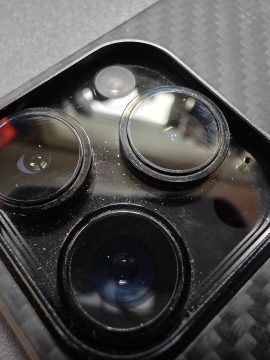




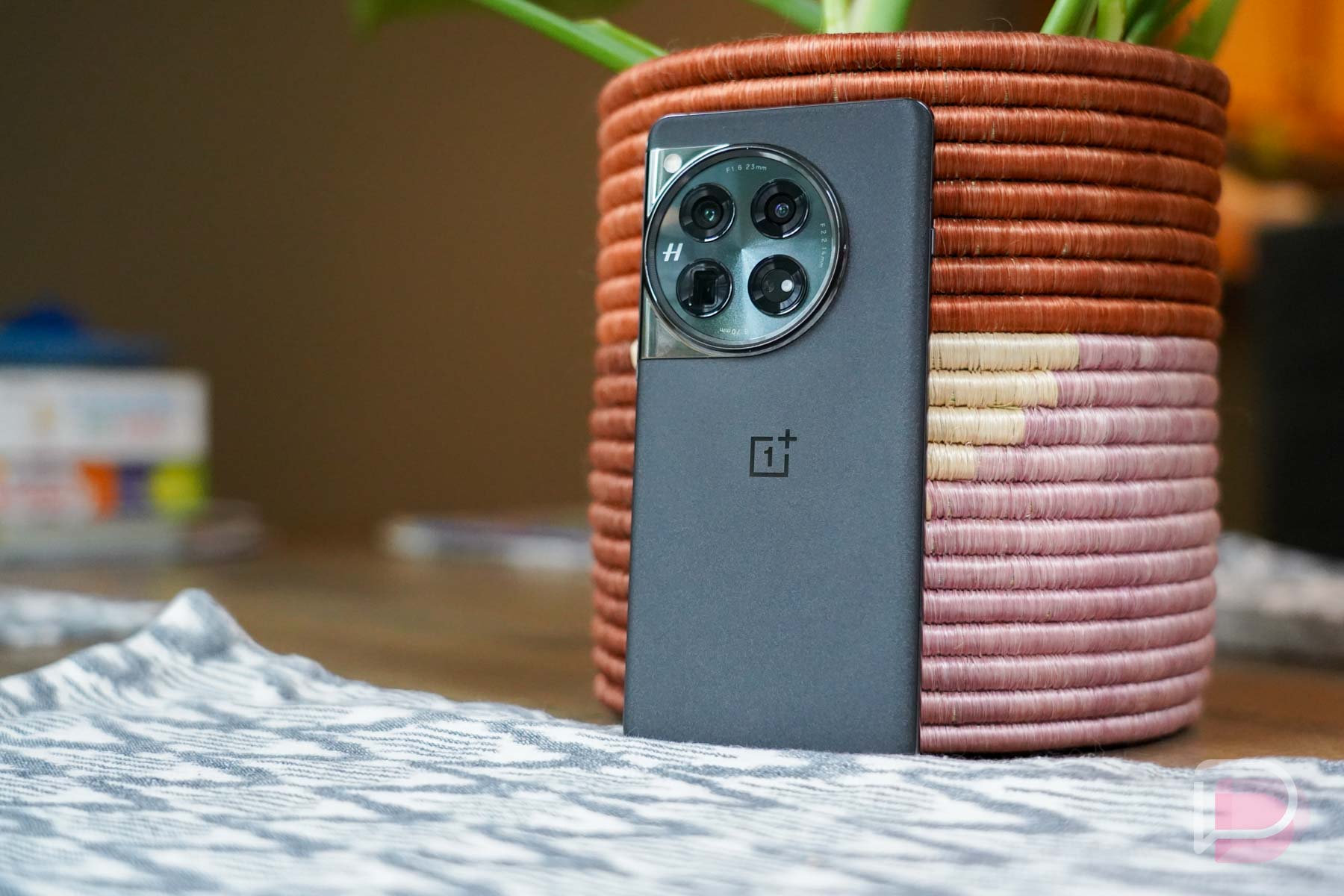
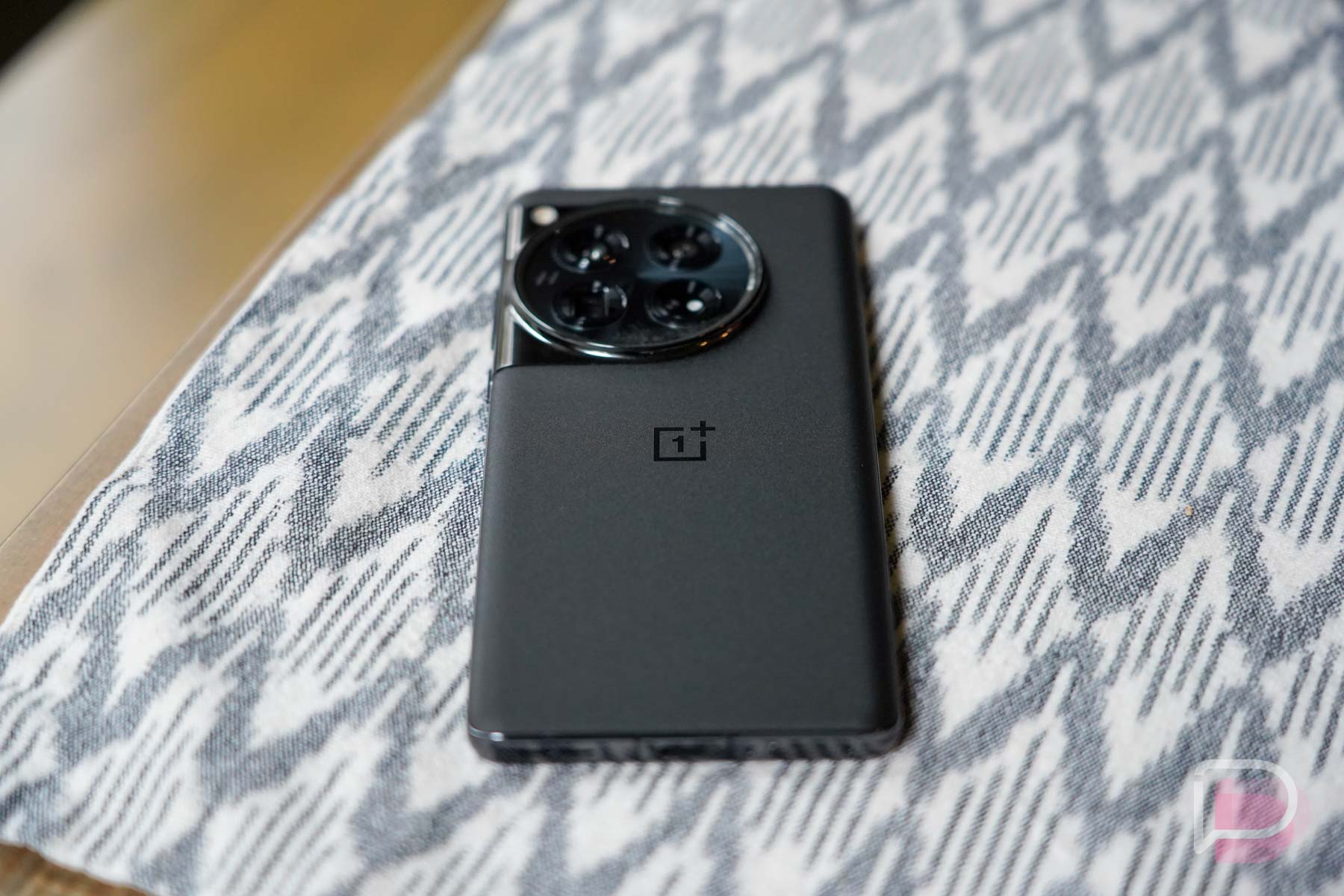
Collapse Show Comments28 Comments